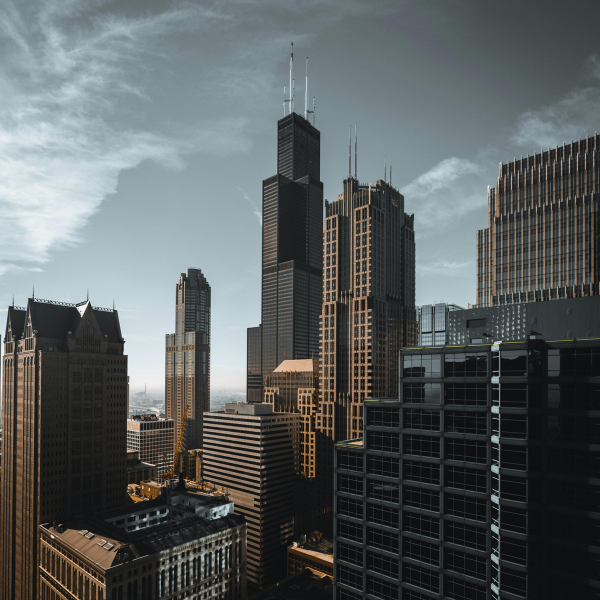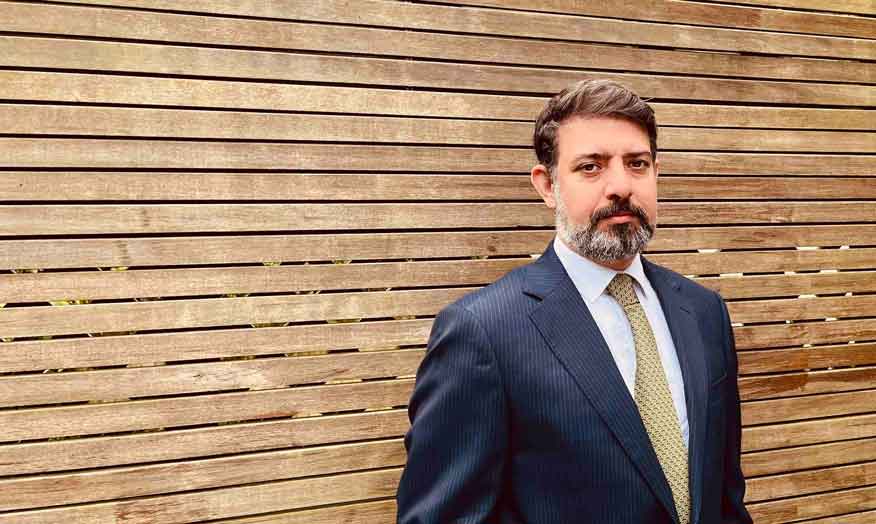If you can see a walkway, an office building, or a tube station, then you can see the built environment – areas that have been created by humans, for human activity. But what exactly is the built environment? And why do we need it?
Before we can look at the what’s and the why's, let’s look at the when’s. When did the built environment begin? It's history captures everything ever built by human hands, from caves, temples and tombs to gardens, homes, and highways. So, it’s safe to say that the built environment has been around just as long as humans. Throughout history, different cultures and civilisations have contributed to the evolution of the built world.
Factors such as cultural and historical contexts, technological advancements, social needs, and behaviors, as well as political and regulatory frameworks, have over time, contributed to the built environment that you see when you look outside. Areas where we live, work, travel, and play.
Take a look at Holloway Road, you’ll notice landscapes like, cafes, restaurants, petrol stations, gyms, and transportation systems, including bus stops and underground stations – not to mention our Holloway campus itself, all part of the built environment.
So, it's clear that the built environment is all around us, but why is it so important? And how does it impact our day-to-day lives?
.jpg)
The built environment can help to provide safety and protection from the elements around us. Buildings are designed to prepare for the worst and should include design structures that ensure proper ventilation, the addition of fire-resistant materials and acoustic products, as well as, surveillance, and adequate lighting. These are just some of the factors that help to prevent injuries and keep us safe.
Well-designed spaces can help to create social hubs and foster a sense of community, enabling better interactions between people, things, and nature. Think about the streets that you walk down, the neighbours that you say hello to on the way home, the local pharmacist that you speak to – interactions enhanced by the built world around you.
The built environment can ensure spaces are accessible to everyone, regardless of ability. When planned properly, structures should help to create a more inclusive and usable world, from ramps and automatic door installations to braille buttons and audio announcements.
Built structures around us can help to promote the use of sustainable materials and add to our growing, climate-conscious, low-carbon world. Well designed environments consider opportunities for incorporation of green spaces, energy-efficiency, recycling of materials and sustainable transportation options.
Without the built environment, businesses would go out of business. Built infrastructures not only help to facilitate the movement of goods but also people from offices and studios to retail and industrial spaces. The built environment encourages business creation, development, and innovation. Factors such as community revitalisation, tourism and real estate development are integral parts of the built environment that significantly influence economic growth.
Here at London Met, we offer a variation of courses to help kickstart your career within the built environment, from our Architectural Technology BSc and Quantity Surveying and Commercial Management BSc to Construction Management BSc and Real Estate BSc. We also offer a range of master’s programmes, including our Quantity Surveying MSc, our Real Estate MSc and our Construction Project Management MSc.
So, if you’re ready to make a real difference and shape the built environment around you. Explore the exciting courses that our School of the Built Environment has to offer.

.jpg)
.png)
.jpg)



.jpg)